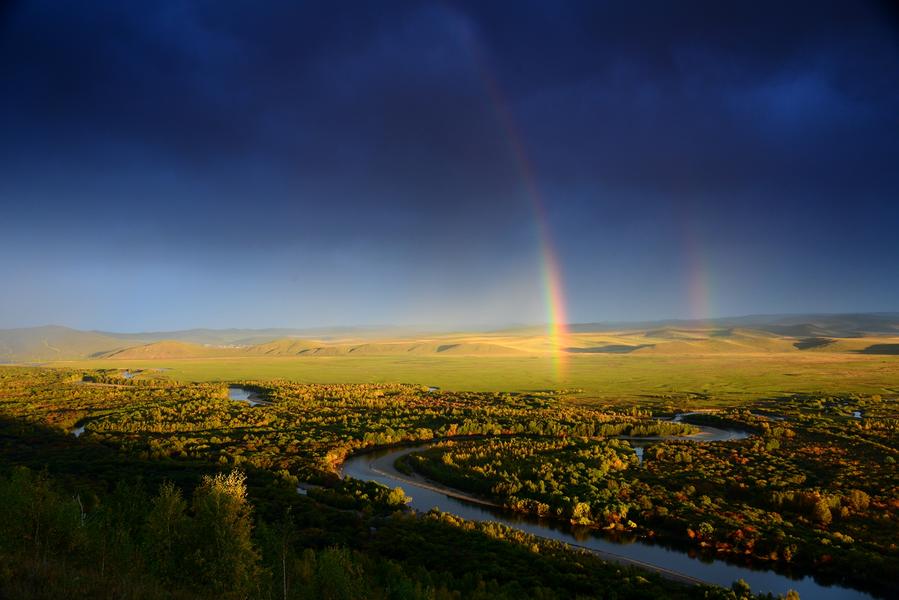Ergune
Key phrases like "origin of Mongols," "Russian customs," "wetland," "sea of flowers" and "birch forests" describe the city of Ergune.
Ergune, Ergun or Erguna, in the Inner Mongolia autonomous region is named after the Ergune River, renowned as the origin of the Mongols. It is China's northernmost border city with a border extending nearly 673 kilometers with Russia.
With a history of 800 years, the city has also preserved multiple natural ecological systems consisting of hilly land, forests, grassland, lakes and swamps. Seventy percent of Ergune belongs to a natural protection area and 90 percent is covered with green. It serves as an important ecological shield in North China according to Ergune’s forestry bureau.
In 2011, the Ergune wetland was selected as the best wetland for special tourism and a Chinese ecological city in 2013. It was listed in the eigth place in the “Chinese Top 100 Small Cities for Deep Breath” this year. Ergune won more and more popularity as time went on.
Ergune is not only known for its rich historical culture, but also for its breathtaking original ecological landscape. It’s becoming a popular tourist destination to experience both history and nature. Its tourist volume reached 1.70 million in 2013.

A photo taken on Sept 20, 2015 shows a scene in Ergune, North China's Inner Mongolia autonomous Region. [Photo/Xinhua]



 Print
Print Mail
Mail


